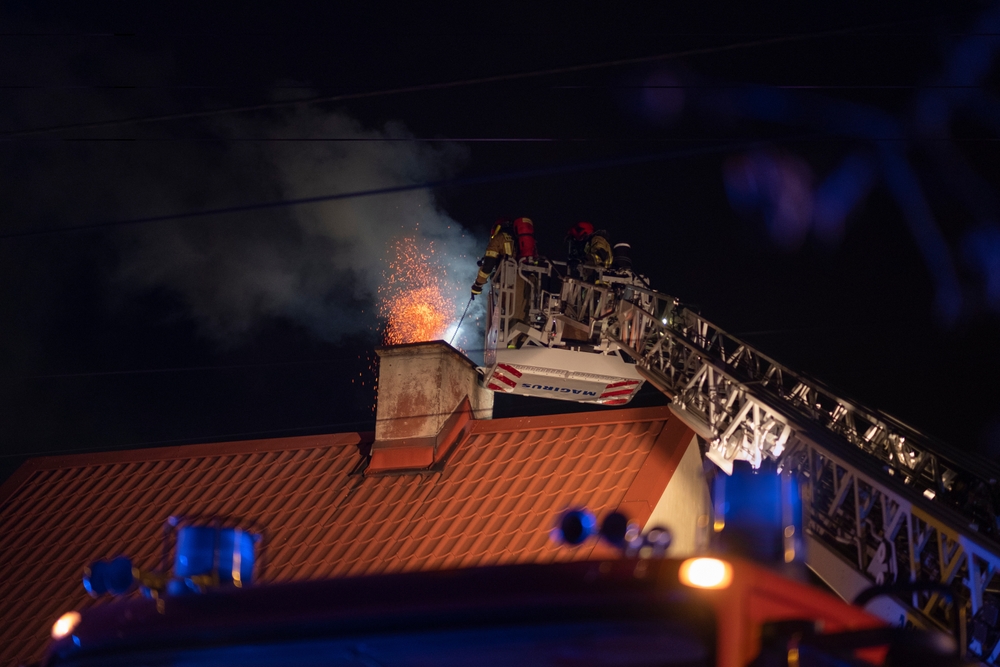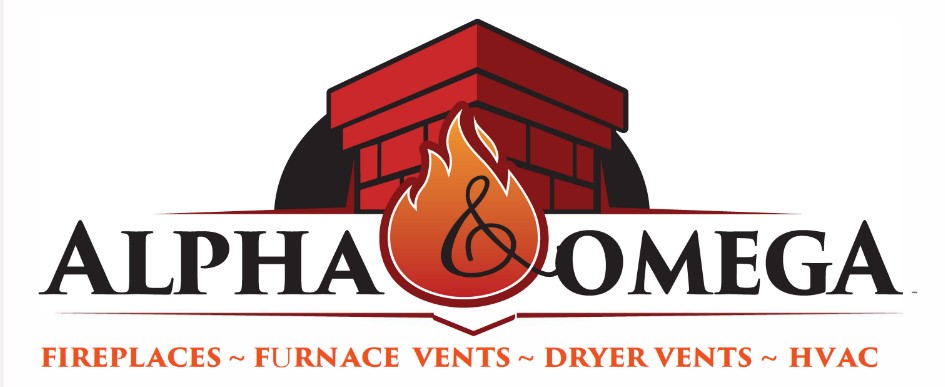
How To Put Out A Chimney Fire?
Chimney fires are a terrifying experience that can cause extensive damage to your home in just minutes. When a chimney fire strikes, knowing how to act quickly and effectively can mean the difference between a minor incident and a devastating disaster. This guide will walk you through the steps you need to take to put out a chimney fire and protect your household.
Recognizing the Signs of a Chimney Fire
Chimney fires often give clear signals that something is wrong. Recognizing these early signs can help you take swift action.
Visual and Audible Indicators
- Loud cracking or popping noises: This can resemble the sound of a bonfire.
- A roaring sound: Some chimney fires sound like a freight train passing through your home.
- Thick, dense smoke: Smoke may pour out of the top of your chimney or into the house.
- Sparks and flames: You may notice flames shooting from the top of the chimney.
If you notice any of these warning signs, assume a chimney fire is underway and take immediate action.
Immediate Steps to Take When a Chimney Fire Strikes
Your primary goal during a chimney fire is to stay safe and prevent the fire from spreading to the rest of your home.
1. Alert Everyone and Evacuate if Necessary
The safety of your household should be your first concern. Ensure everyone in your home is aware of the situation.
- Yell to alert everyone to the fire.
- Quickly guide family members and pets to a safe location outside.
- Call 911 as soon as you are safely out of the house.
If the fire appears small and manageable, you can attempt to put it out using the steps below. Otherwise, wait for professional help.
2. Close the Fireplace or Stove Damper
Closing the damper can help deprive the fire of oxygen, which may slow or even smother the flames.
- Use fire-resistant gloves to avoid burns.
- Be cautious: if smoke starts billowing into the room, reopen the damper to prevent smoke inhalation.
3. Use a Chimney Fire Extinguisher or Fire Suppressant
Specialized chimney fire suppressants are available and can be highly effective.
- These come in the form of chimney fire extinguishing sticks, which resemble large flares.
- Light the stick according to the manufacturer’s instructions and toss it into the fireplace.
- The suppressant will release smoke or chemicals that help smother the fire.
If you don’t have a chimney fire extinguisher, you can use salt or baking soda.
- Salt: Pouring a generous amount of salt into the fire can help smother it.
- Baking soda: Baking soda releases carbon dioxide, which can also help put out the flames.
Avoid using water directly on the fire, as it can create steam and cause structural cracks in the chimney.
4. Shut All Doors and Windows
To prevent the fire from drawing in more oxygen:
- Close all doors leading to the fireplace or stove.
- Seal any drafts by shutting doors and windows in the room.
- Reducing airflow can slow the fire’s progress.
When to Abandon Firefighting Efforts
If the fire continues to grow despite your efforts, it is crucial to step back and prioritize your safety.
- Exit the home and wait for emergency responders.
- Never put yourself in danger to save property.
Preventing Chimney Fires
Once the immediate danger has passed, take time to reflect on how the chimney fire started and what steps you can take to prevent future incidents.
1. Schedule Regular Chimney Inspections
A professional chimney sweep can identify problems before they become dangerous.
- Get your chimney inspected at least once a year.
- Clean the chimney regularly to remove creosote buildup.
- If you frequently use your fireplace, you may need more frequent cleanings.
2. Burn the Right Materials
The type of fuel you use plays a significant role in preventing fires.
- Use only seasoned hardwood that has been dried for at least six months.
- Avoid burning green or wet wood, as it produces more creosote.
- Never burn paper, cardboard, or trash, as they can send dangerous embers up the chimney.
3. Install a Chimney Cap
A chimney cap is a simple but effective way to keep debris, animals, and rain out of your chimney.
- Preventing debris buildup can reduce the risk of chimney blockages.
- A cap with a spark guard can also prevent embers from escaping and landing on your roof.
4. Watch for Creosote Buildup
Creosote is a highly flammable substance that forms when wood burns.
- Thick layers of creosote can ignite and fuel a chimney fire.
- Regular cleaning helps minimize creosote buildup.
- Consider installing a stainless steel chimney liner to make cleaning easier and increase fire resistance.
Safety Equipment You Should Have on Hand
Preparing your home with the right tools can help you act quickly if another chimney fire occurs.
1. Chimney Fire Extinguisher Sticks
- Keep at least one chimney fire extinguisher stick near your fireplace.
2. Smoke Alarms and Carbon Monoxide Detectors
- Install smoke detectors near your fireplace and on each level of your home.
- Use carbon monoxide detectors to monitor for dangerous gases that may be released during a fire.
3. Fireproof Gloves and Tools
- Fireproof gloves allow you to handle hot surfaces safely.
- Keep a fireproof poker and other tools nearby for emergency situations.
After the Fire: Assessing and Repairing Damage
Once the fire is out, it is essential to assess the damage and repair your chimney before using it again.
1. Hire a Professional Chimney Sweep
Even if the fire seems minor, there may be hidden damage.
- A professional can inspect for cracks, damaged liners, or weakened mortar.
- They can recommend any necessary repairs to ensure your chimney is safe for future use.
2. Repair or Replace Damaged Components
Common post-fire repairs include:
- Replacing cracked tiles or bricks.
- Installing a new liner if the old one has been compromised.
- Repairing or reinforcing the chimney cap and damper.
3. File an Insurance Claim
If the damage is significant, contact your homeowner’s insurance provider.
- Document the damage with photos and a detailed report.
- Submit any professional repair estimates as part of your claim.
Conclusion
When a chimney fire strikes, knowing how to respond swiftly can make all the difference in protecting your household. By recognizing the warning signs, taking immediate safety steps, and equipping your home with the proper tools, you can reduce the risk of devastating fire damage. Most importantly, consistent chimney maintenance and safe fire-burning practices will help ensure that your chimney remains a source of warmth and comfort rather than a potential hazard.
Need Fireplace Services in Your Area?
Here at Alpha & Omega Services, we take pride in providing top-quality fireplace solutions with over 25 years of experience. Whether you’re looking to upgrade your existing hearth or install a new system, our team of licensed Michigan mechanical contractors is here to help. From installation and repairs to chimney inspections and maintenance, we’ve got you covered. Let us bring warmth and elegance to your home with our expert fireplace and masonry services. Contact us today to schedule your next service—your fireplace deserves the best, and we’re here to deliver!
Categorised in: Chimney Inspection




